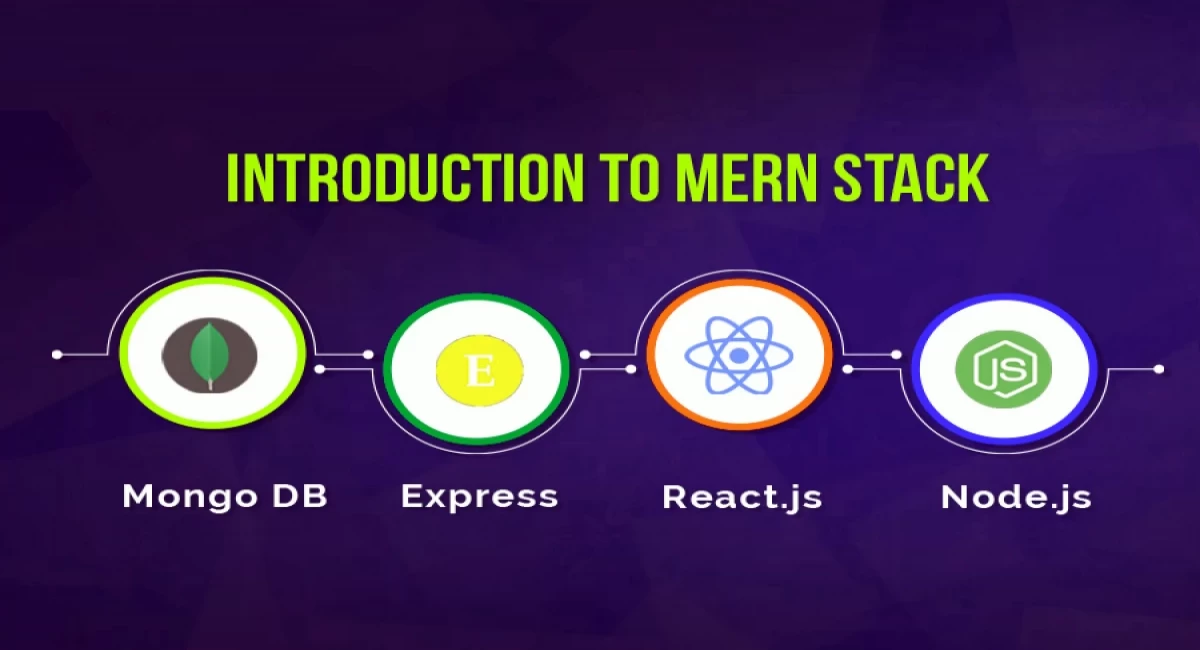
Introduction to the MERN Stack
If you're a web developer looking to build modern, scalable applications, you've probably heard of the MERN stack. This popular technology stack consists of four main components: MongoDB, Express.js, React, and Node.js. Together, these tools allow developers to build full-stack web applications with a single programming language - JavaScript.
In this article, we'll provide an overview of the MERN stack, including its key components, its advantages, and its popularity among web developers. We'll also cover some common questions about the stack, such as how long it takes to learn, whether it's worth the investment, and how much it costs to use.
The Key Components of the MERN Stack
As we mentioned, the MERN stack is made up of four main components:
- MongoDB: a popular NoSQL database that stores data in JSON-like documents.
- Express.js: a web application framework for Node.js that provides tools for building APIs and server-side web applications.
- React: a JavaScript library for building user interfaces.
- Node.js: a JavaScript runtime environment that allows developers to run JavaScript code outside of a web browser.
Together, these tools provide developers with a full-stack JavaScript solution for building web applications. MongoDB provides a flexible and scalable database, Express.js provides a powerful framework for building server-side applications, React allows for easy creation of dynamic user interfaces, and Node.js allows developers to run their JavaScript code on the server-side.
The Advantages of the MERN Stack
One of the biggest advantages of the MERN stack is its use of a single programming language - JavaScript - throughout the entire stack. This makes it easy for developers to switch between different parts of the application without having to learn multiple languages or tools.
Additionally, the MERN stack is highly flexible and scalable, thanks in large part to MongoDB. This database allows developers to store data in JSON-like documents, making it easy to work with and highly scalable.
Finally, the MERN stack is highly popular among web developers, which means that there is a large community of developers creating resources, tools, and packages for the stack. This makes it easy for developers to find support and resources when building their applications.
Common Questions About the MERN Stack
How long does it take to learn the MERN stack?
The amount of time it takes to learn the MERN stack depends on your existing knowledge of JavaScript and web development. If you're already familiar with these technologies, you can likely get up to speed on the MERN stack in a few weeks or months. If you're new to web development, it may take longer to get up to speed.
Is it worth learning the MERN stack?
Ultimately, whether the MERN stack is worth learning depends on your goals and the needs of your project. If you're looking to build a full-stack JavaScript application, the MERN stack is a great choice. Its use of a single programming language and powerful tools make it a popular choice among developers, and its flexibility and scalability make it a good choice for a wide range of projects.
How much does it cost to use the MERN stack?
The MERN stack is an open-source technology stack, which means that all of its components are free to use. However, you may need to pay for hosting, domain registration, and other services when deploying your application.
Conclusion
The MERN stack is a popular technology stack for building full-stack JavaScript applications. Its use of a single programming language and powerful tools make it a popular choice among developers, and its flexibility and scalability make it a good choice for a wide range of projects. Whether you're a seasoned web developer or just starting out, the MERN stack is definitely worth considering for your next project.




Comments
No comments yet.
Add Comment